Calathea Orbifolia is a tropical showstopper with wide, rounded leaves and mesmerising silver-green stripes. While its stunning foliage is adored by plant lovers, maintaining those vibrant patterns indoors can be tricky. One often-overlooked factor that affects the health of your Calathea Orbifolia is the quality of your tap water, especially in urban settings. If your once-glorious stripes are fading, curling, or browning, your water might be the hidden culprit.
This article explores how urban tap water may be sabotaging your Calathea Orbifolia’s appearance, what symptoms to look out for, and how to fix it for a healthier, more beautiful plant.
Also Read- Top 10 Fun Facts About Calathea Orbifolia You Didn’t Know
Why Calathea Orbifolia Is Sensitive to Water Quality
Calatheas, including the Orbifolia variety, are notoriously sensitive to chemicals and minerals often found in tap water. Unlike hardier houseplants, they originate from humid, shaded rainforests with access to naturally soft, chemical-free water. Their roots and leaves are used to balanced hydration and a consistent, gentle pH.
However, in many cities, tap water contains high levels of:
- Chlorine or chloramine: Added to kill bacteria but harsh on plant roots.
- Fluoride: Can cause brown tips on sensitive foliage.
- High calcium and magnesium: Common in hard water, which leads to mineral build-up.
- High pH levels: Urban tap water is often more alkaline than tropical rainwater.
These elements can build up in the soil and interfere with the plant’s ability to absorb nutrients properly, directly impacting the health and vibrancy of Calathea Orbifolia’s iconic stripes.
Common Signs Your Tap Water Is Causing Damage
If your Calathea Orbifolia is exposed to poor water quality, it will start to show stress through its leaves. Watch for:
- Brown leaf tips or edges: A classic sign of fluoride or chlorine burn.
- Curling or wrinkled leaves: Usually a response to chemical shock or dehydration from mineral build-up.
- Loss of stripe definition: Faded or yellowed patterns could mean nutrient absorption is being blocked.
- Salt crust on soil surface: Indicates excessive minerals from hard water.
- Slow or stunted growth: The roots may be struggling to function in a chemically saturated medium.
Also Read- Humidity For Calathea Orbifolia: Why Your Plant Needs Moisture To Thrive
How to Test If Your Water Is to Blame
You don’t need expensive equipment to evaluate your water. Here are some quick methods:
- Use a water hardness strip: Available at garden centres or online.
- Check your local water report: Most municipalities publish this data online.
- Let a glass of water sit for 24 hours: If there's a smell or residue, chlorine or hardness could be an issue.
- Observe results over time: Try switching to filtered or distilled water for a few weeks and track the improvement in your plant.
Watering Alternatives to Protect Calathea Orbifolia
If your tap water is problematic, here are better options:
1. Filtered Water
Using a carbon-based filter (like a Brita or under-sink filter) removes chlorine, some heavy metals, and sediment. It’s the easiest long-term solution for most households.
2. Rainwater
This is nature’s original recipe for tropical plants. If you live in an area with clean rainfall, collect and store it in covered containers. Always strain it before use.
3. Distilled Water
Distilled water is free from all minerals and chemicals. While it’s ideal for plant health, it can be costly over time. It’s great as a reset treatment when leaves are struggling.
4. Boiled and Cooled Tap Water
Boiling tap water removes chlorine (not chloramine) and can reduce hardness slightly. Let it cool completely before watering.
Also Read- Common Mistakes to Avoid When Growing Calathea Orbifolia in the UAE
How to Improve Soil After Water Damage
If your Calathea Orbifolia has been subjected to poor water quality, it’s important to detox the soil and help the roots recover.
1. Flush the Soil
Water the plant thoroughly with clean, filtered water until it drains freely from the pot. This helps remove accumulated salts and chemicals.
2. Repot with Fresh Mix
Use a well-draining, slightly acidic potting mix designed for aroids or tropical plants. Add perlite and coco coir to improve aeration and moisture retention.
3. Trim Damaged Leaves
Cut away browning tips or edges to help redirect energy toward new growth.
4. Add Organic Matter
Incorporate worm castings or compost to restore microbial health in the soil, improving nutrient uptake.
Also Read- 5 Top Mistakes To Avoid When Growing Calathea Orbifolia In Dubai & Abu Dhabi
Other Urban Environmental Factors to Consider
Water is not the only urban culprit. Calathea Orbifolia also reacts strongly to:
- Low humidity: Use a pebble tray or humidifier to mimic tropical conditions.
- Air pollution: Dust and indoor toxins can accumulate on leaves. Gently wipe them monthly.
- Fluctuating temperatures: Avoid drafty windows, heaters, or air-conditioning vents.
By combining clean water with a controlled environment, your Calathea Orbifolia is more likely to flourish.
Final Thoughts
Calathea Orbifolia’s striking stripes are more than just decoration—they’re a reflection of the plant’s overall health. In today’s urban homes, tap water loaded with chemicals and minerals can quietly undermine your efforts. Understanding the water needs of this sensitive plant is key to avoiding brown tips, curled leaves, or faded foliage.
By switching to filtered, rain, or distilled water and taking simple steps to detox the soil, you can restore your Calathea Orbifolia’s vibrance and enjoy its tropical charm in your living room.


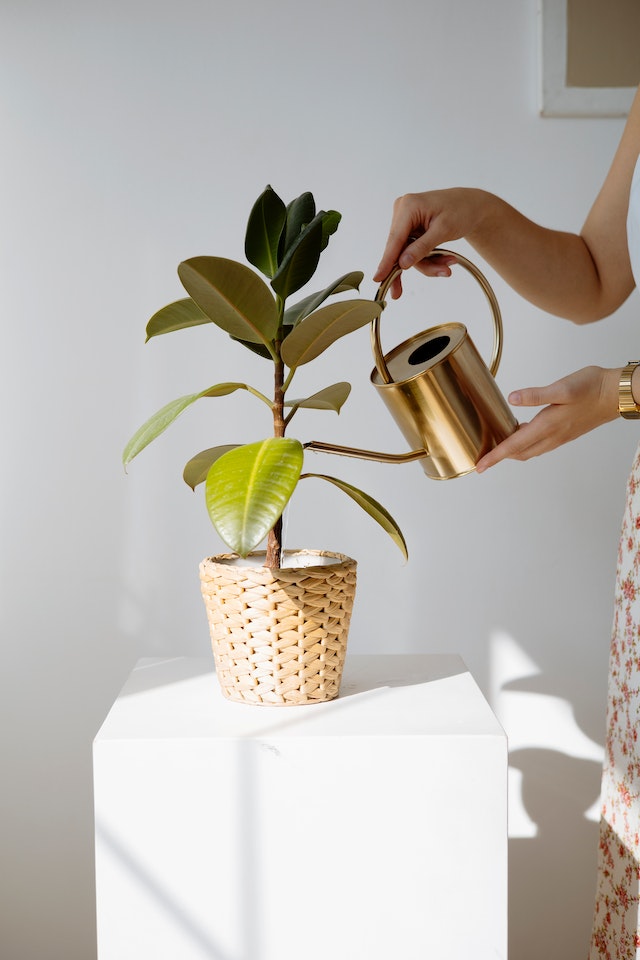
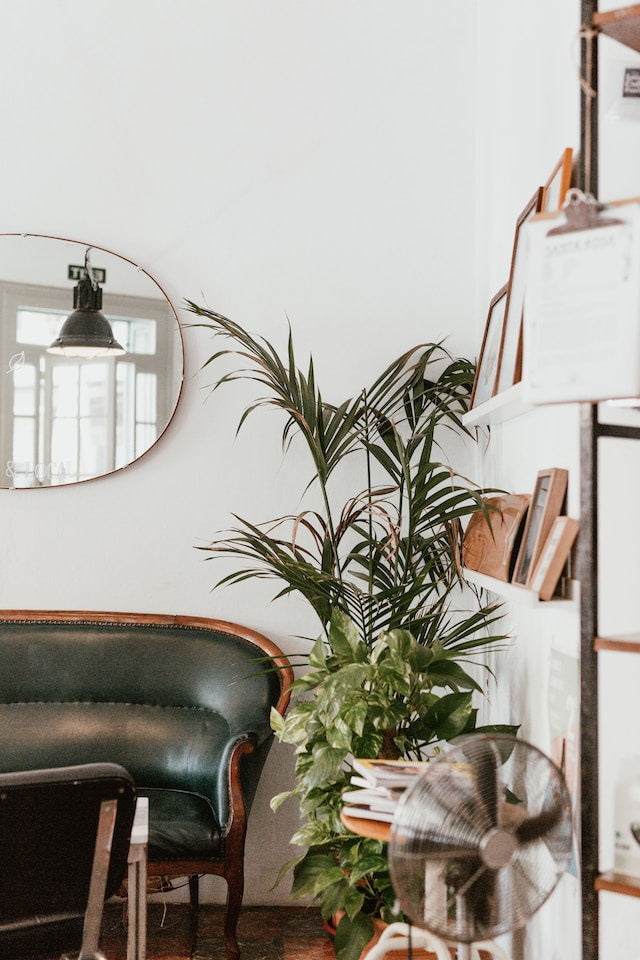
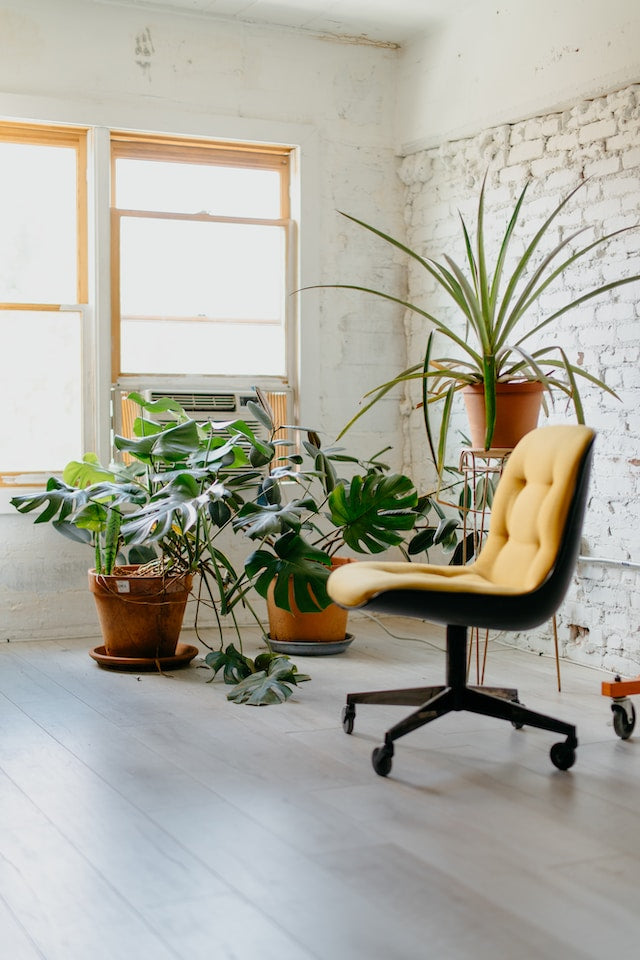
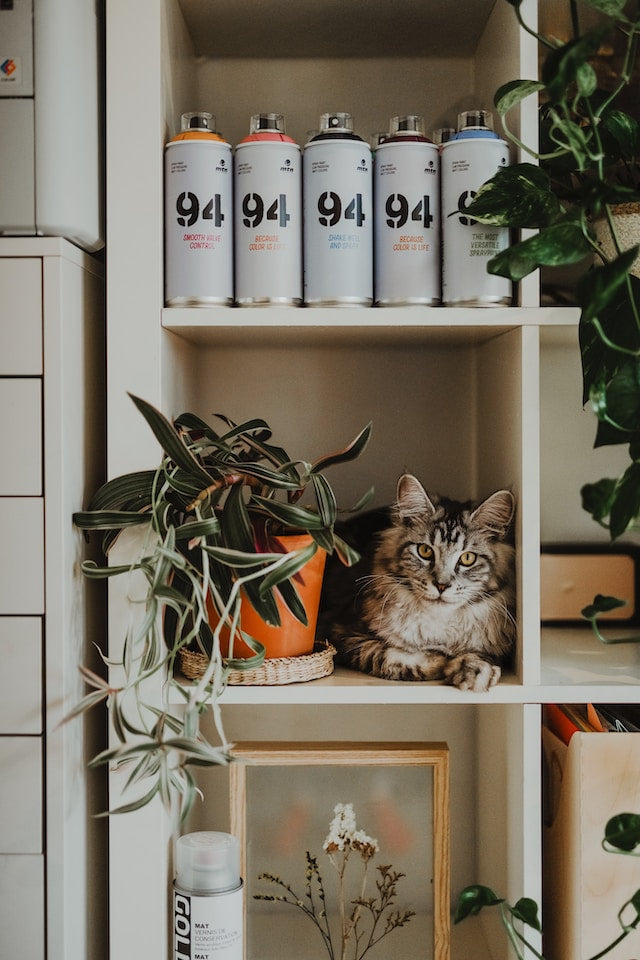
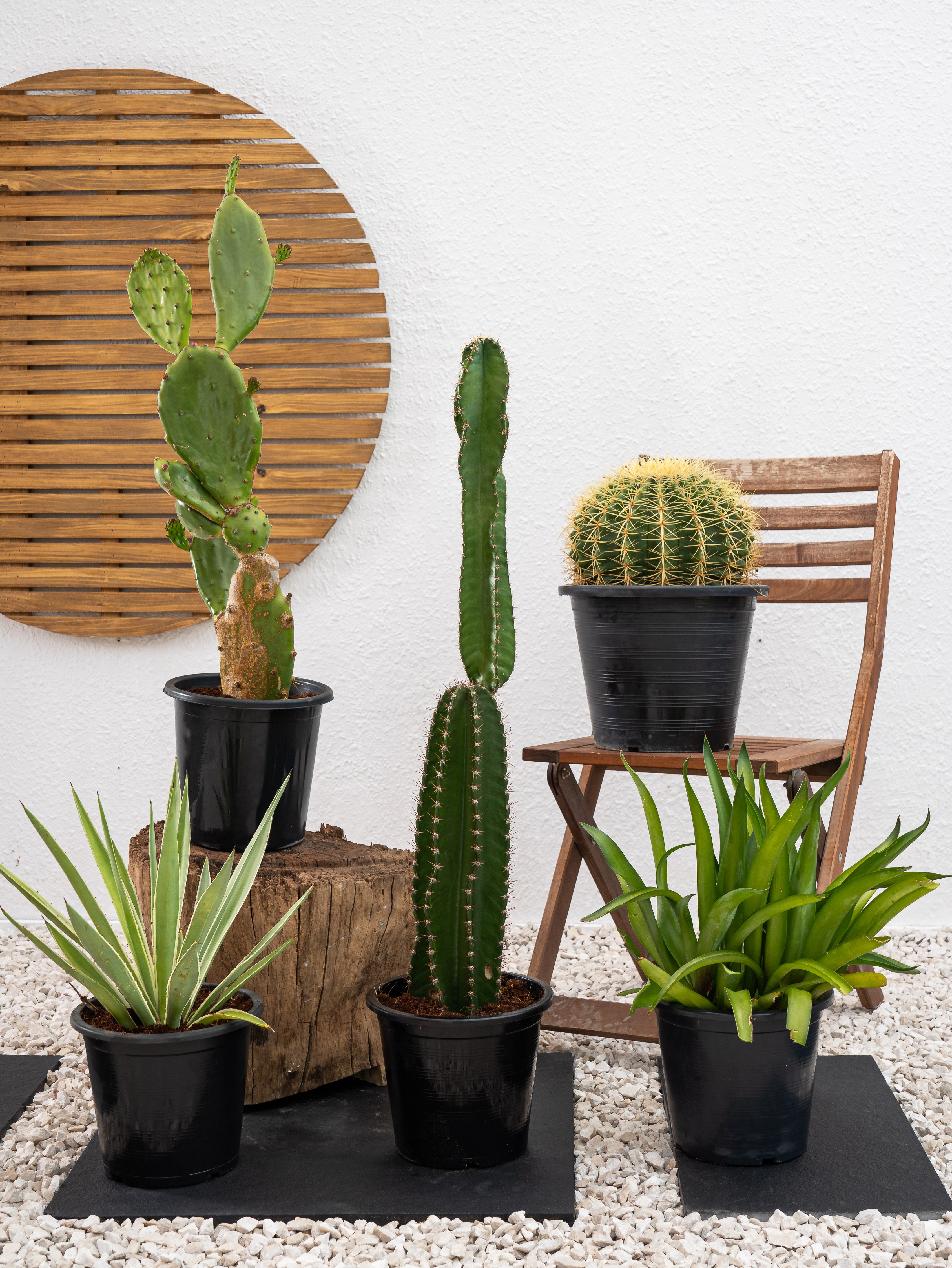
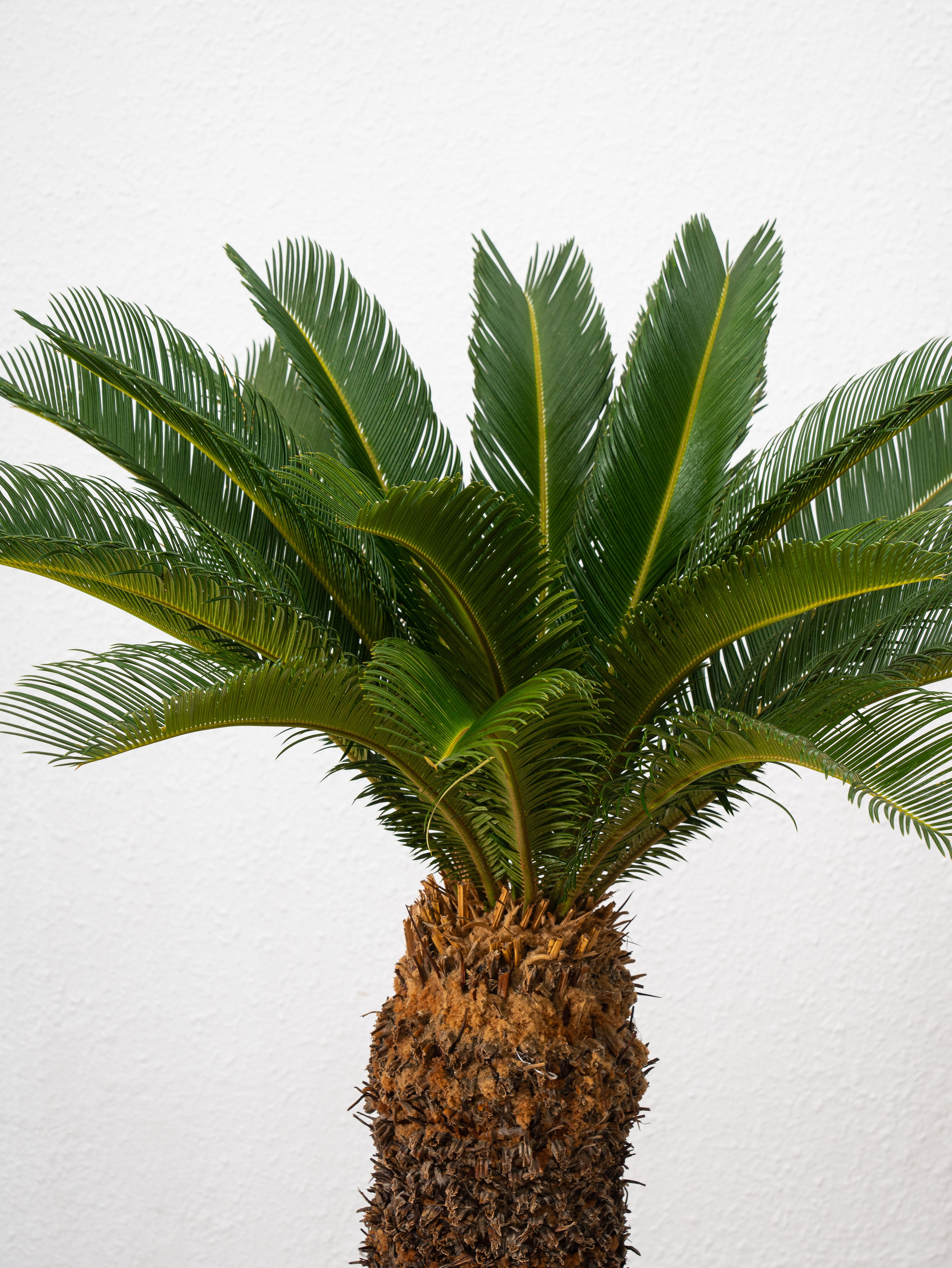
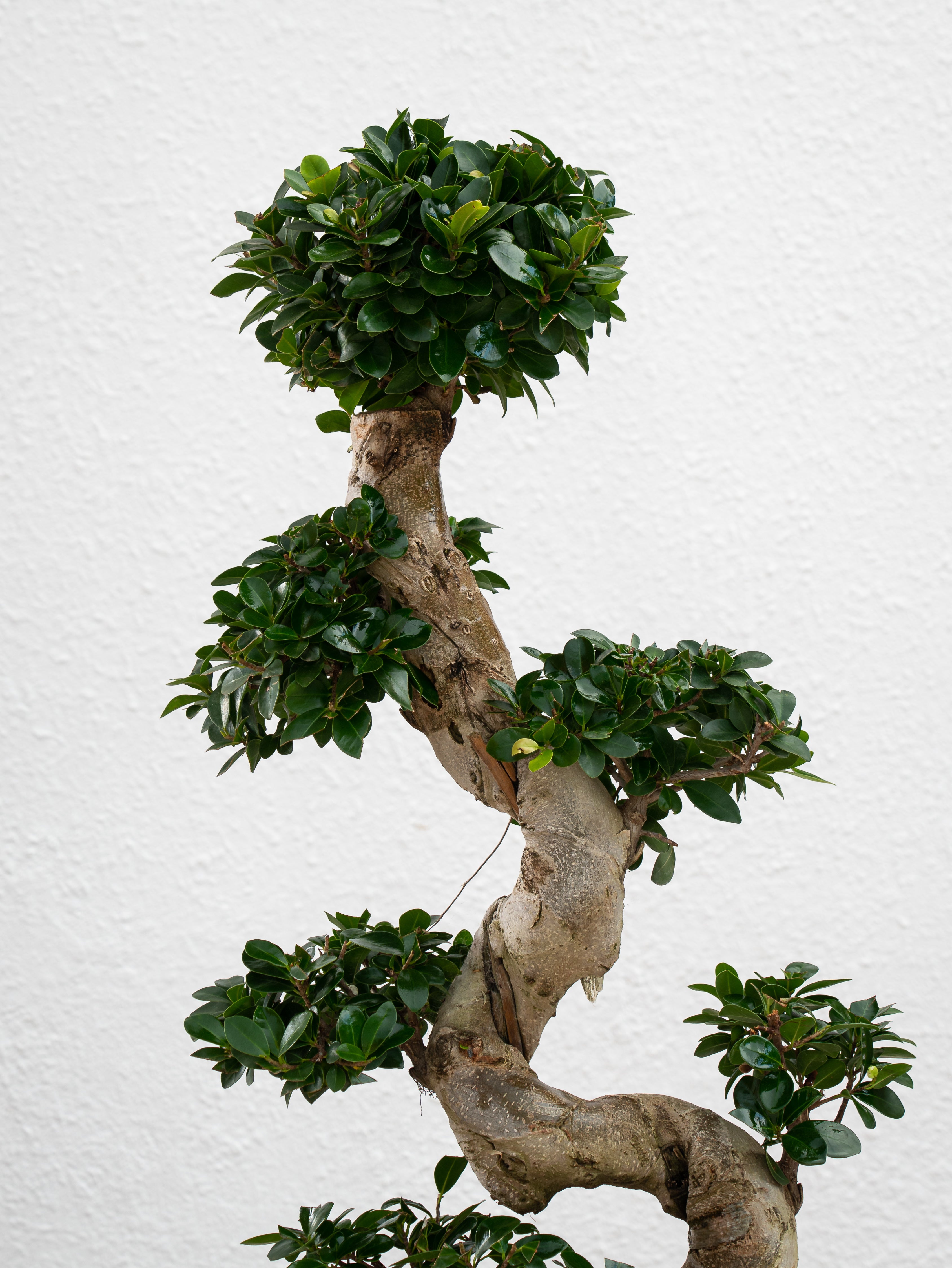
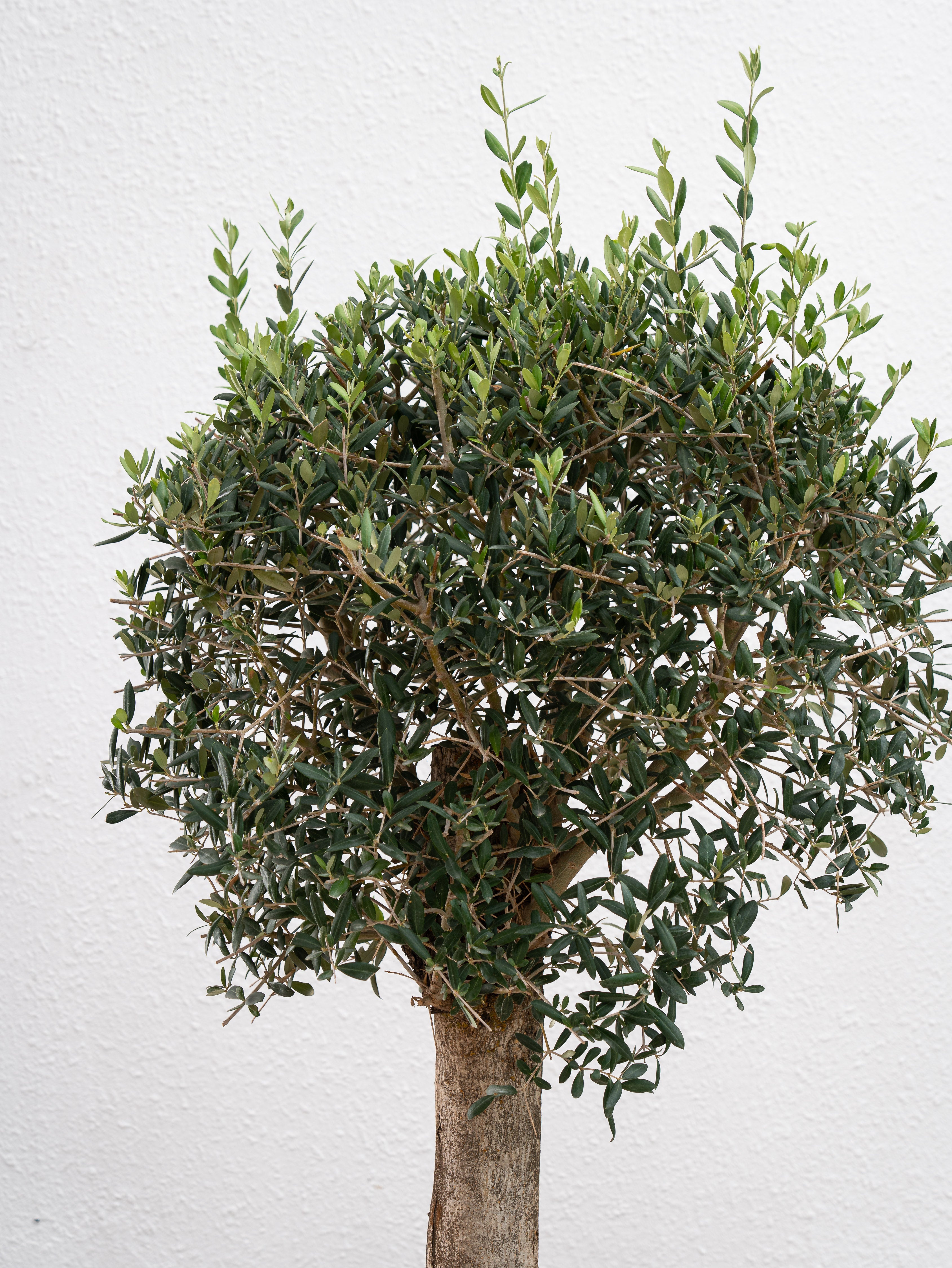
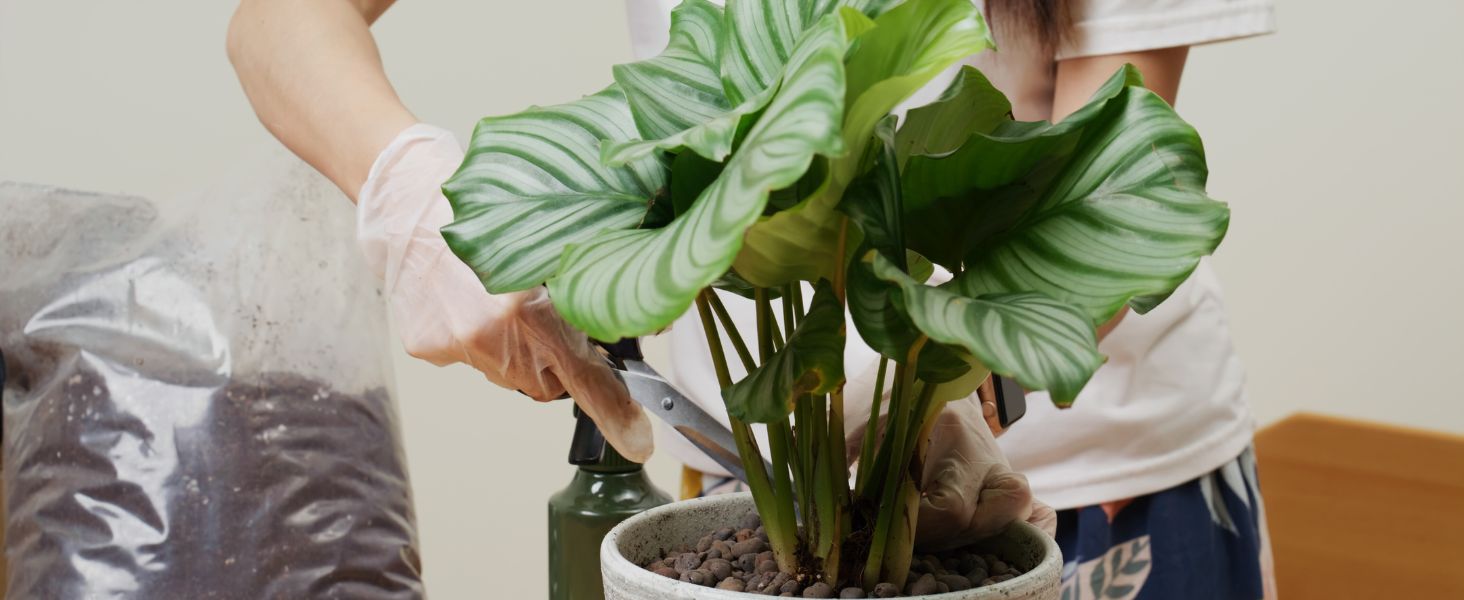
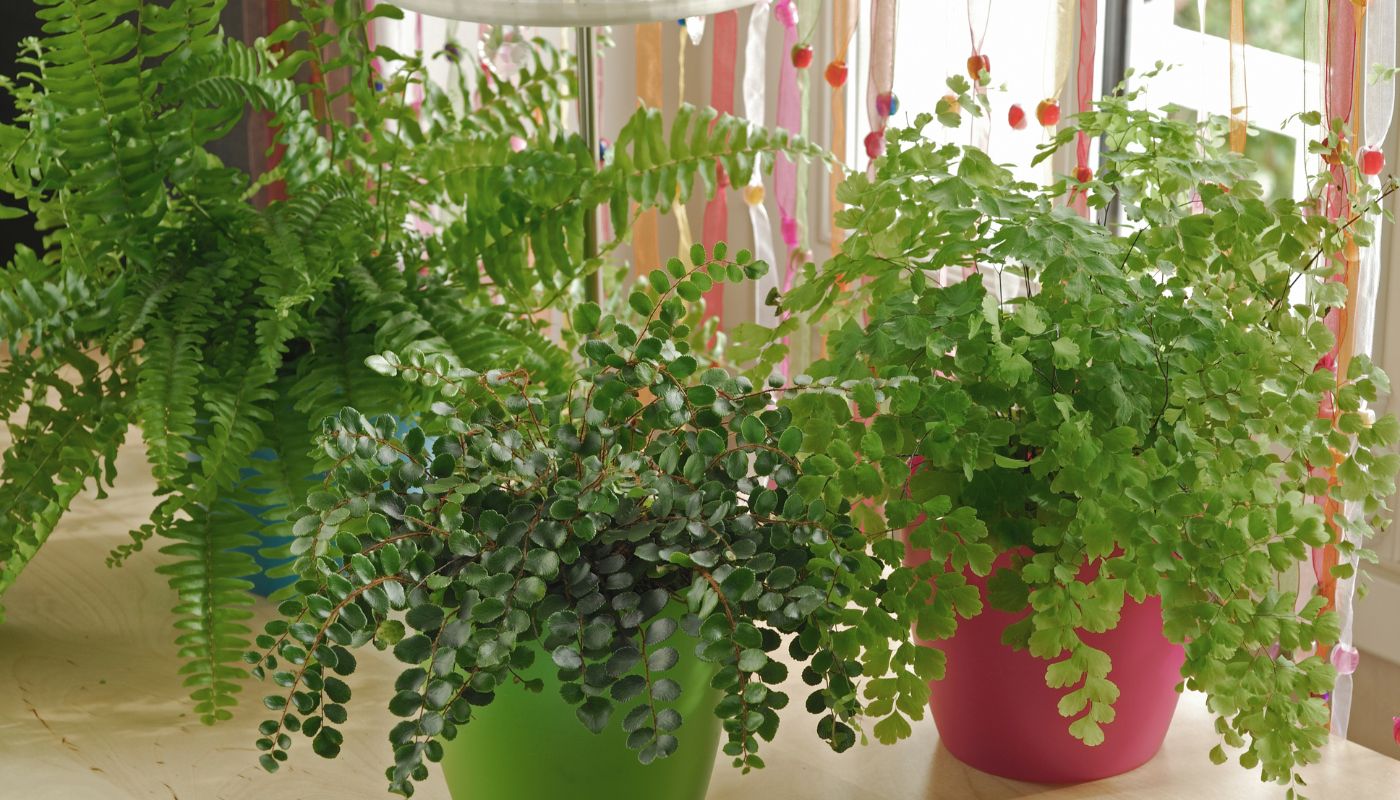
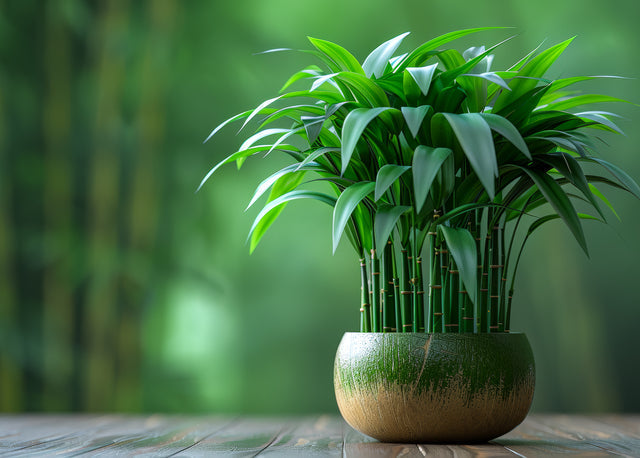
Leave a comment
This site is protected by hCaptcha and the hCaptcha Privacy Policy and Terms of Service apply.